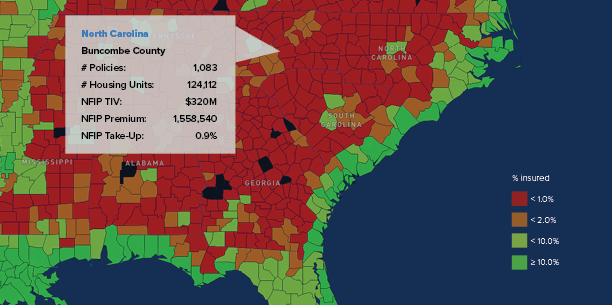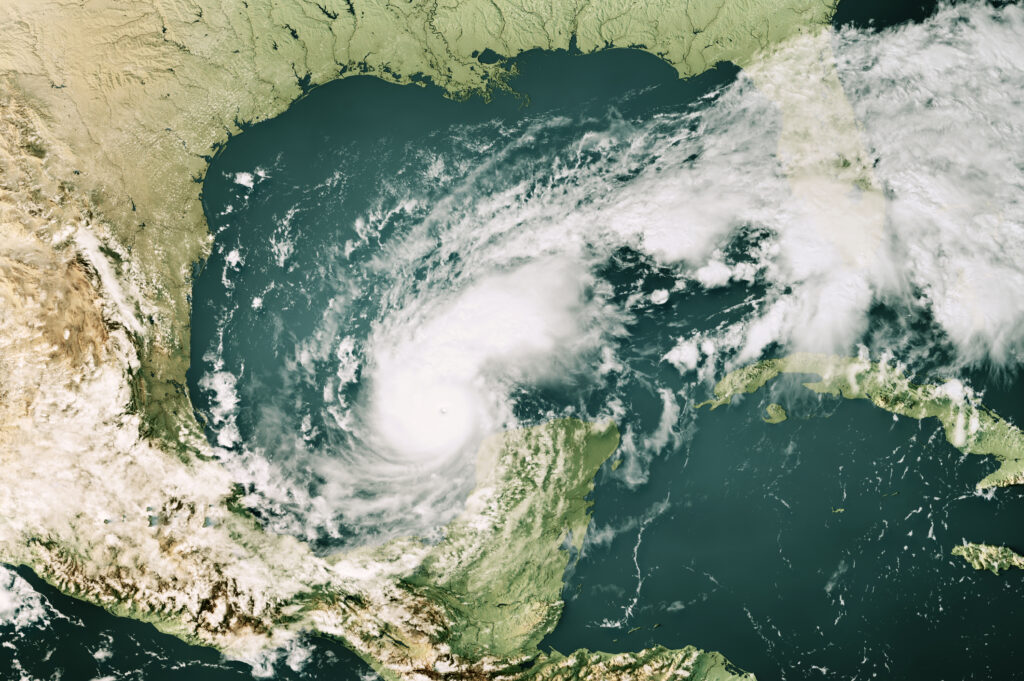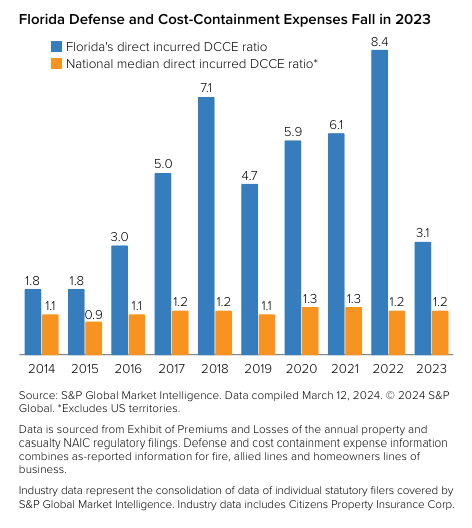
By Lewis Nibbelin, Contributing Writer, Triple-I
Triple-I recently kicked off a new webinar series featuring its Non-Resident Scholars. The first episode focused on the rising severity of natural catastrophes and innovative data initiatives these scholars are engaged in to help mitigate the impact of these perils.
Moderated by Triple-I’s Chief Economist and Data Scientist Michel Léonard, the panel included:
- Phil Klotzbach, Senior Research Scientist in the Department of Atmospheric Science at Colorado State University;
- Victor Gensini, meteorology professor at Northern Illinois University and leading expert in convective storm research;
- Seth Rachlin, social scientist, business leader, and entrepreneur currently active as a researcher and teaching professor; and
- Colby Fisher, Managing Partner and Director of Research and Development at Hydronos Labs.
“Wild and crazy”
Klotzbach discussed “the wild and crazy 2024 Atlantic hurricane season,” which he called “the strangest above-normal season on record.”
Abnormally fluctuating periods of activity this year created “a story of three hurricane seasons,” reflecting a broader trend of decreasing storm frequency and increasing storm severity, Klotzbach said.
While Klotzbach and his forecasting team’s “very aggressive prediction for a very busy season” was validated by Hurricane Beryl’s landfall as the earliest Category-5 hurricane on record — followed by Debbie and Ernesto — “we went through this period from August 20 to September 23 where we had almost nothing. It was extremely quiet.”
After extensive media coverage claiming the forecasts were a “massive bust,” along came Hurricane Helene, which developed into the “strongest hurricane to make landfall in the Big Bend of Florida since 1851.” Helene drove powerful, destructive flooding inland – most notably in Asheville, NC, and surrounding communities. Then came Hurricane Milton which was noteworthy for spawning numerous fatal tornadoes.
“Most tornadoes that happen with hurricanes are relatively weak – EF0, EF1, perhaps EF2,” Gensini – the panel’s expert on severe convective storms (SCS) – added. “Milton had perhaps a dozen EF3 tornadoes.”
Costly and underpublicized
Severe convective storms – which include tornadoes, hail, thunderstorms with lightning, and straight-line winds – accounted for 70 percent of insured losses globally the first half of 2024. And in 2023, U.S. insured SCS-caused losses exceeded $50 billion for the first time on record for a single year.
Hailstorms are especially destructive, behind as much as 80 percent of SCS claims in any one year. Yet their relative brevity and limited scope compared to large-scale disasters earns them far less public and industry attention.
“We haven’t had a field campaign dedicated to studying hail in the United States since the 1970s,” Gensini explained, “so it’s been a long time since we’ve had our models updated and validated.”
Data-driven solutions
To rectify this knowledge gap, the In-situ Collaborative Experiment for the Collection of Hail in the Plains (or ICECHIP) will send Gensini and some 100 other scientists into the Great Plains to chase and collect granular data from hailstorms next year. Beyond developing hail science, their goal is to improve hail forecasting, thereby reducing hail damage.
Gensini pointed to another project, the Center for Interdisciplinary Research on Convective Storms (or CIRCS), which is a prospective academic industry consortium to develop multidisciplinary research on SCS. Informed by diverse partnerships, such research could foster resilience and recovery strategies that “move forward the entire insurance and reinsurance industry,” he said.
Rachlin and Fisher echoed this emphasis on enhancing the insurance industry’s facilitation of risk mitigation in their presentation on Hydronos Labs, an environmental software development and consulting firm that utilizes open-source intelligence (OSINT).
The costs and variability of climate and weather information have created “a data arms race” among insurance carriers, and aggregating and analyzing publicly available information is an untapped solution to that imbalance, they explained.
The company’s end goal, Rachlin added, is to promote an insurance landscape centered around “spending less money on [collecting] data and more money using data.”
All panelists stressed the ongoing need for more reliable, comprehensive data to steer industry strategies for effective mitigation. Investments in this data now are less than the costs of post-disaster recovery that will continue to plague more and more communities in our rapidly evolving climate.
Register here to listen to the entire webinar on demand.
Learn More:
Triple-I “State of the Risk” Issues Brief: Hurricanes
Triple-I “State of the Risk” Issues Brief: Flood
Triple-I “State of the Risk” Issues Brief: Severe Convective Storms
Outdated Building Codes Exacerbate Climate Risk
JIF 2024: Collective, Data-Driven Approaches Needed to Address Climate-Related Perils
Climate Resilience and Legal System Abuse Take Center Stage in Miami
Triple-I Experts Speak on Climate Risk, Resilience
NAIC, FIO to Collaborate on Data Collection Around Climate Risk













